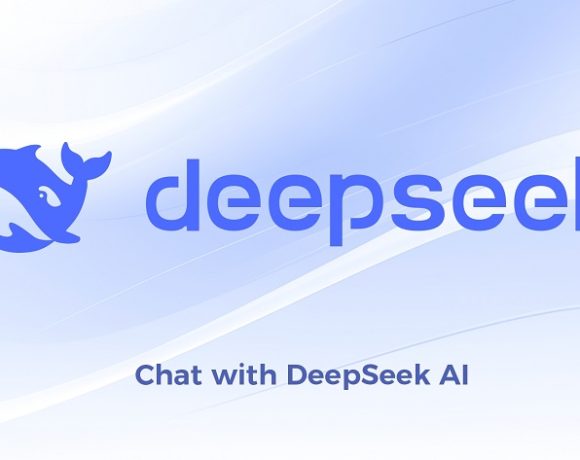
Altman Admits “Screwed Up” GPT-5 Rollout
OpenAI CEO Sam Altman admitted that the launch of GPT-5 did not go as planned, acknowledging mistakes in both rollout strategy and communication with users.
Rollout Missteps and User Backlash
Altman said that the sudden removal of earlier models, including GPT-4o, without advance notice triggered strong criticism from users. Many complained that GPT-5 felt less engaging, with a colder tone compared to its predecessor.
Course Corrections Underway
In response, OpenAI restored GPT-4o access for subscribers and added new features to GPT-5. Users can now choose between different response modes — Auto, Fast, and Thinking — along with improved rate limits. Altman also promised upcoming updates to make GPT-5 more adaptable and user-friendly in tone.
Technical Glitch Identified
A key issue during launch was traced to an internal “router” mechanism, which assigns tasks to the right sub-model. Its failure made GPT-5 appear less capable on release day. Engineers fixed the glitch shortly afterward, restoring the model’s intended performance.
Continued Optimism Amid Criticism
Altman maintained confidence in GPT-5, describing it as a “PhD-level expert” in reasoning, coding, and multimodal tasks. He admitted the company learned hard lessons about product rollout and user communication but insisted OpenAI would emerge stronger from the experience.


















